As the days grow shorter and the chill of winter approaches, it’s time to give your garden some extra love to ensure it thrives in the coming seasons. Whether your plants are in the ground or in containers, winterizing is crucial for their health.
*Sponsored by Star Roses And Plants
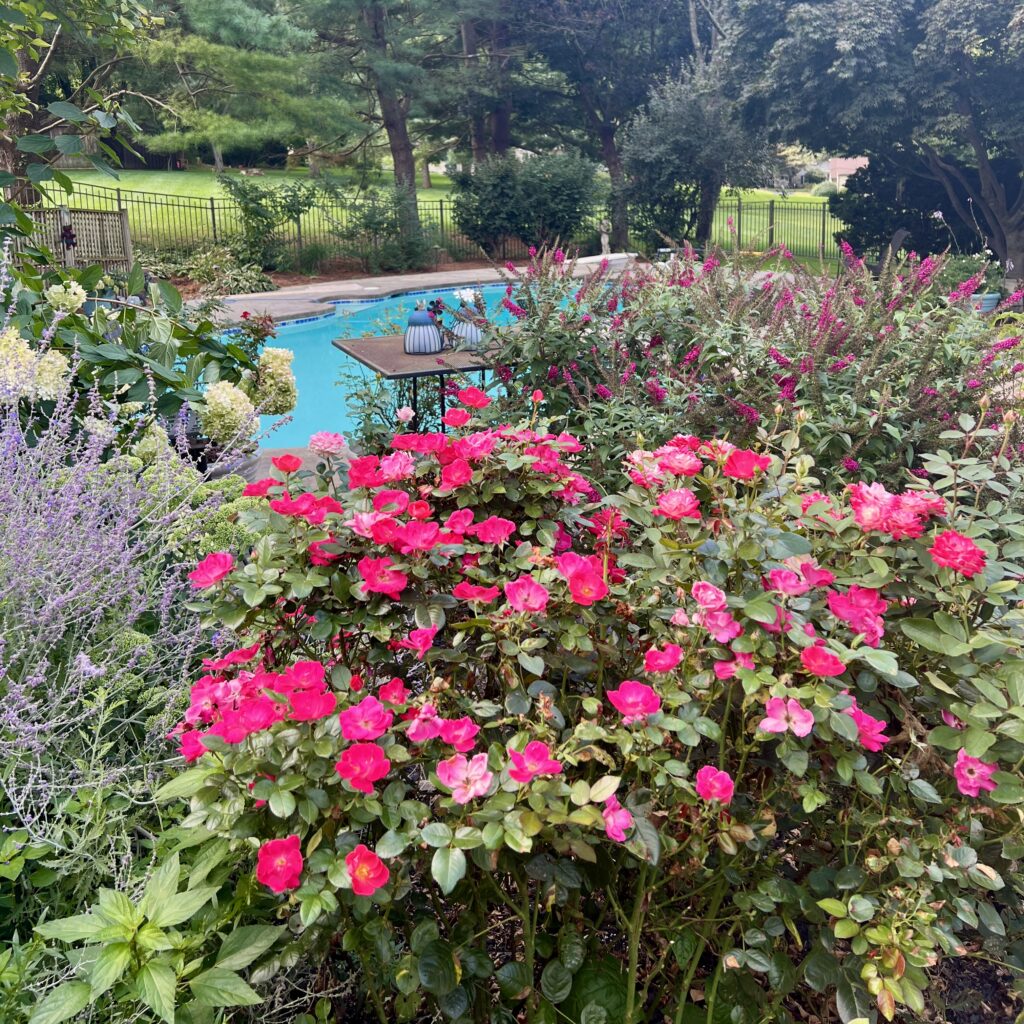
My garden was filled with beautiful colors this summer. I grew roses, butterfly bushes (buddleia) and hydrangeas by Bloomables® and Star Roses®.
I also enjoyed a bumper crop of blueberries and blackberries from Bushel and Berry®.
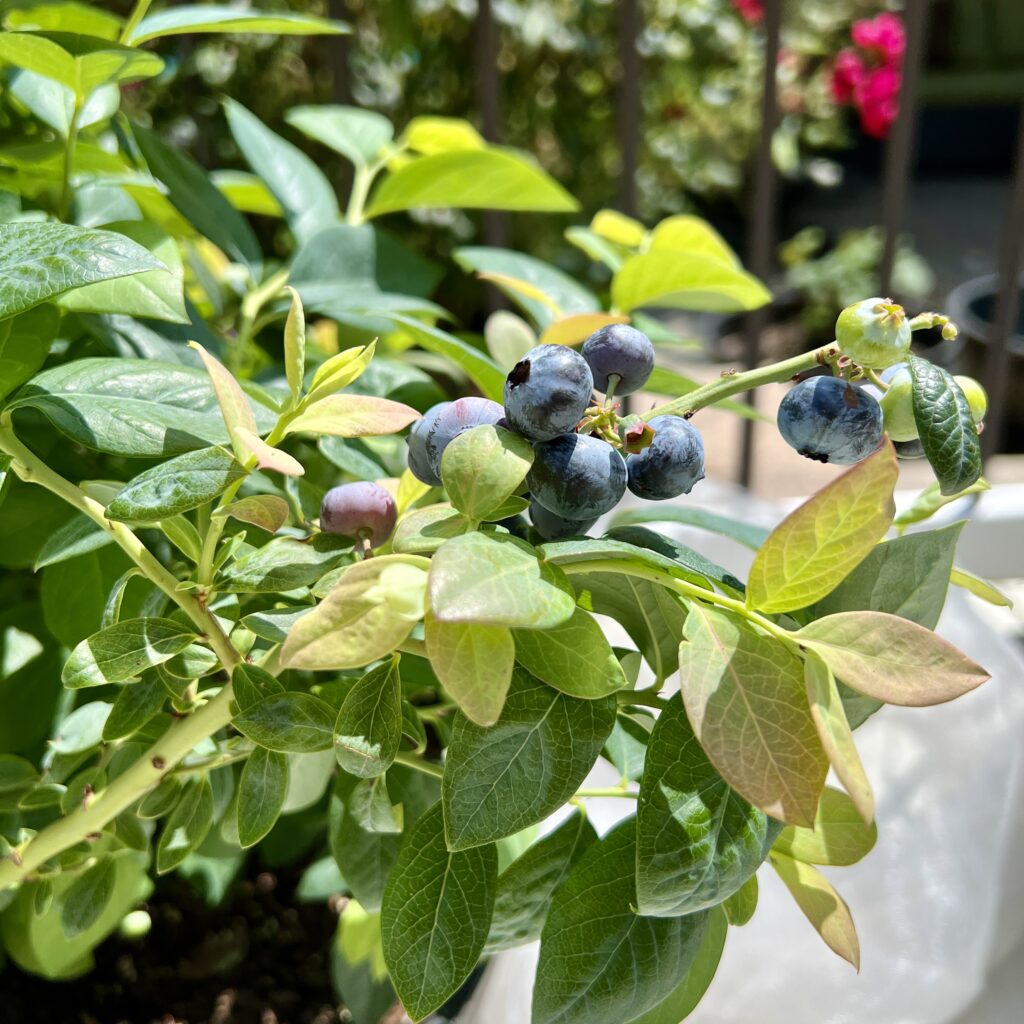
Let’s face it, when you have success in the garden, you want to make sure it continues from season to season!
Here’s a friendly guide to help you prepare your garden for the colder months ahead.
Timing is Key: Understanding Frost

The first frost is your cue to start winterizing. Depending on your climate, this can happen anywhere from late October to early November. Once you see the first frost forecasted, it’s time to act! Frost can damage tender leaves and flowers, so it’s best to complete your winterizing tasks before this occurs.
Keep an eye on the temperatures in your area. If nighttime lows start dipping into the 30s, it’s time to protect your plants.
Covering them with frost cloth or moving containers to a sheltered spot can provide extra protection during those chilly nights. For container-grown plants, bring them indoors or to a garage if temperatures drop significantly.
Pruning: To Snip Or Not To Snip

Roses: For most rose varieties, including the popular Knock Out® roses, pruning should consist of removing dead or weak growth. After the first killing frost, trim longer stems to keep them from snapping in winter storms. Make sure your rose bushes aren’t top heavy. This protects them from being uprooted by harsh winter winds.
Crossing branches that could be damaged by rubbing together should also be trimmed back. Take it easy though, as too much pruning can stimulate growth, and that new growth may be damaged by freezing weather. Remove any dead or diseased branches and foliage, and clean your cutting tools well to prevent transferring disease to another plant.

Buddleia: Enjoy those last blooms on your butterfly bushes! You don’t need to prune your buddleia back (to about one-third of its height) until late winter or early spring. This will help shape the plant and promote abundant blooms, as it encourages new growth that will produce those stunning flower spikes.
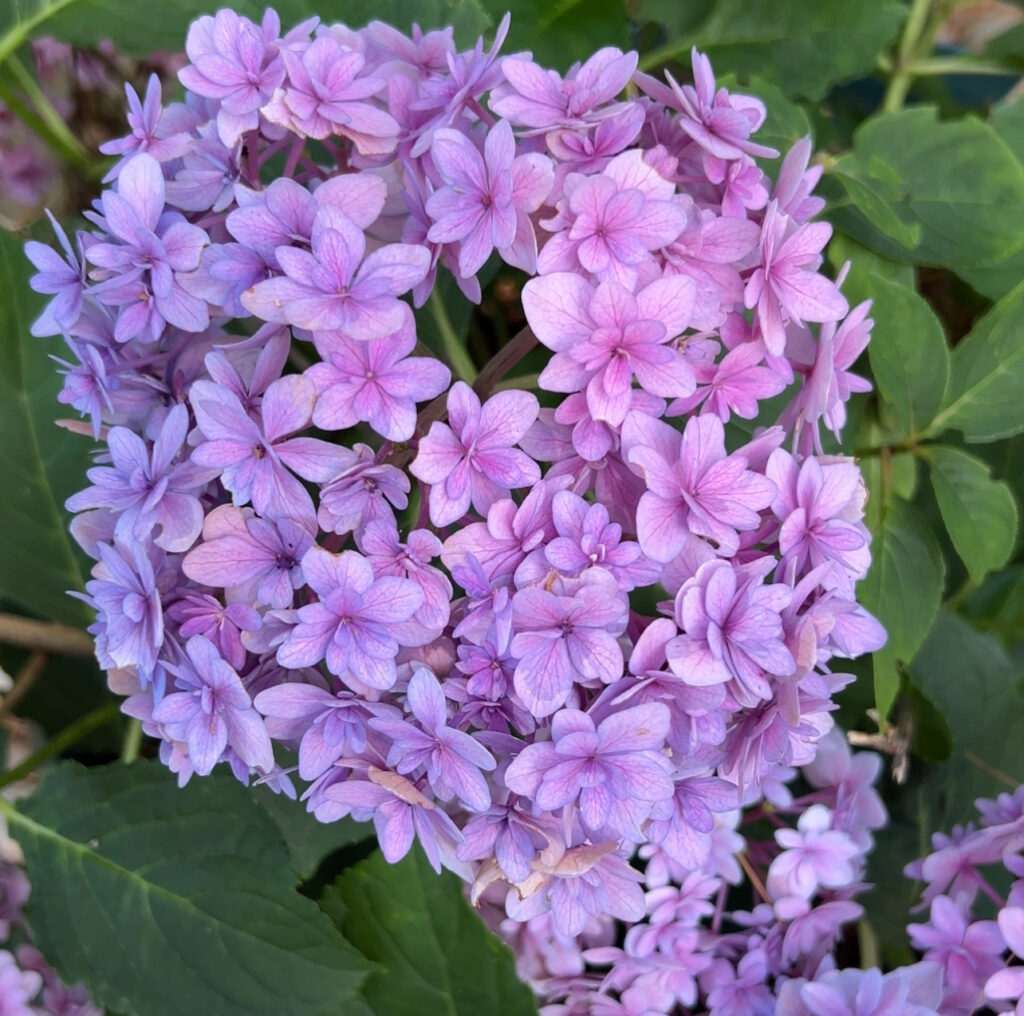
Hydrangeas: This one depends on the variety! If you have bigleaf hydrangeas (like Hydrangea macrophylla), pruning should have already taken place. It’s best to prune this variety right after they finish blooming in the summer. For panicle hydrangeas, you can cut them back in late winter, which promotes healthier blooms.
Container Care: Protecting Your Potted Plants

Plants in containers are more susceptible to cold since their roots are exposed to frigid air. To protect them:
- Insulate the pots: Wrap containers in burlap or bubble wrap. You can also group them together in a sheltered area to help maintain warmth.
- Elevate pots: Place them on pot feet or wood blocks to prevent the soil from freezing too quickly.
- Water wisely: Watering before the first freeze helps the plants store moisture, but be cautious not to overwater. Ensure that excess water can drain freely to prevent root rot.
Mulching: The Cozy Blanket For Your Plants

Mulch is your garden’s best friend in winter! For roses, buddleia, and hydrangeas, a thick layer of mulch (about 3-4 inches) around the base will help insulate the roots and retain moisture.
For fruit bushes like blueberries, blackberries, and raspberries grown in containers, applying mulch can prevent the roots from freezing and protect against fluctuations in temperature. Pine needles, shredded bark, or straw work wonderfully here, providing that extra layer of insulation against the cold.
Winterizing Your Fruit Bushes
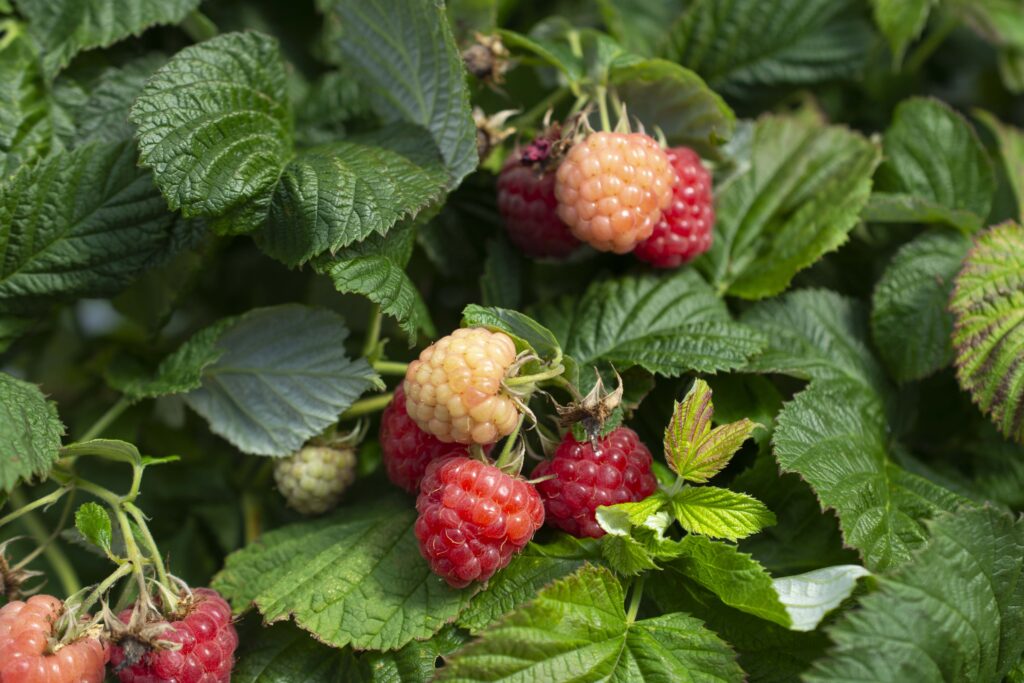
Fruit bushes, particularly blueberries, blackberries, and raspberries, need special attention as they prepare for dormancy.
Blueberries thrive in acidic soil, so it’s essential to maintain their soil conditions year-round. Before winter, prune any dead or weak branches to promote healthier growth in spring. If they’re in containers, consider moving them to a sheltered area to protect their roots from freezing temperatures. Applying a thick layer of mulch can also help insulate their roots.

For blackberry bushes, it’s best to cut back any fruited canes at the end of the season. This helps redirect energy to new canes that will produce fruit next year. If you’re growing thornless varieties in containers, they may need a little extra support as they can be top-heavy; consider staking them. Also, don’t forget to mulch well!
Similar to blackberries, with raspberries, prune back old canes to encourage robust new growth. For summer-bearing raspberries, cut back canes that produced fruit this year, while everbearing types can be pruned more lightly. If in containers, check for any signs of distress, such as wilting or yellowing leaves, which could indicate they need to be repotted or provided with fresh soil.
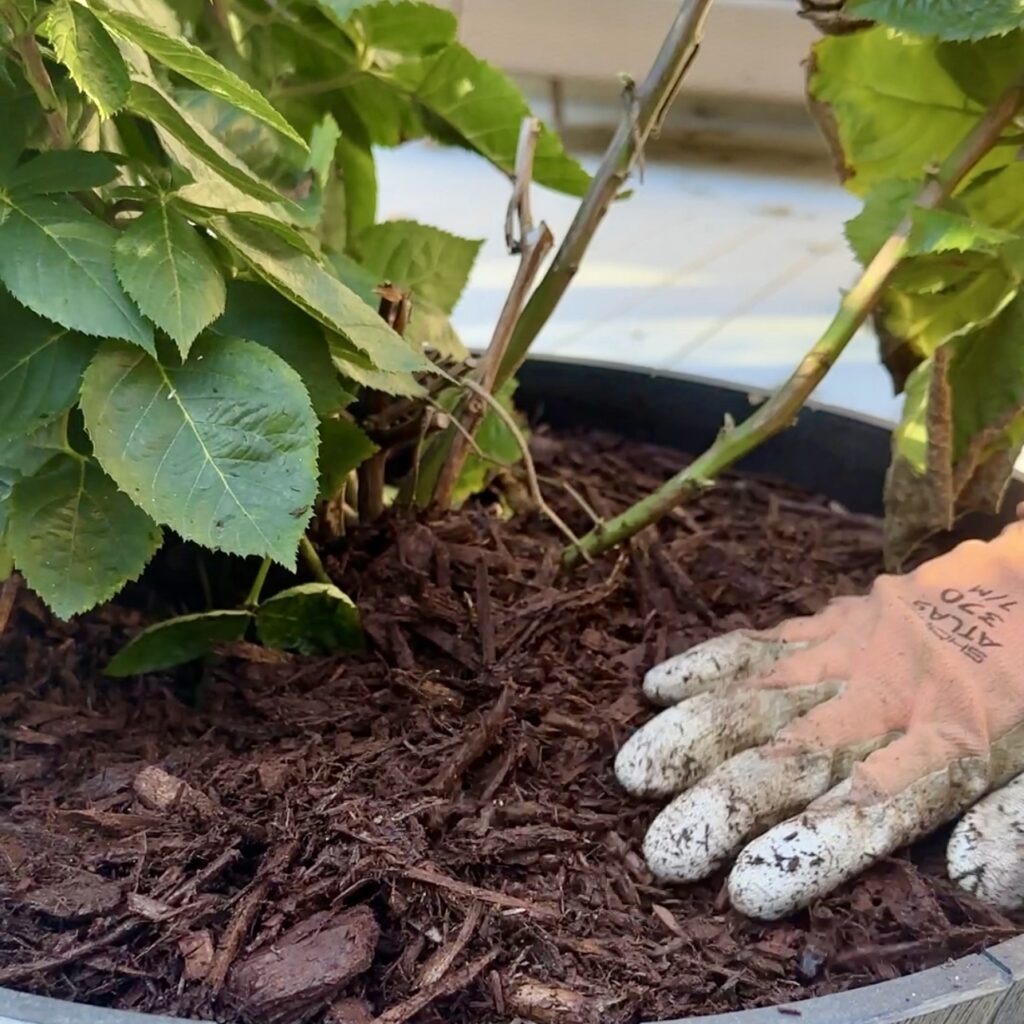
Fertilizing: A Winter Respite
As a rule of thumb, don’t fertilize in late fall or winter. Most plants are entering dormancy, and adding fertilizer can stimulate new growth that won’t survive the cold.
Instead, wait until early spring when the plants begin to wake up. A balanced fertilizer can then give them the boost they need, particularly for fruit bushes as they prepare for new growth and fruiting.
Wind Protection: Shielding Your Plants
Winter winds can be harsh, especially for taller plants like roses and buddleia. Use stakes or windbreaks to protect them from strong gusts. You can create a simple windbreak by using burlap or a decorative fence around vulnerable plants. I also like to push my containers of roses up against the house for protection from the wind.

For your fruit bushes, particularly those in containers, place them in a sheltered area, perhaps against a wall or near other plants that can block the wind. This can prevent desiccation and help them retain moisture during the dry winter months.
Final Thoughts
Winterizing your garden doesn’t have to be a chore; think of it as an act of love for your plants. By taking these steps, especially paying attention to the timing of the first frost, you can ensure your roses, buddleia, hydrangeas, and fruit bushes will be ready to burst back to life come spring.
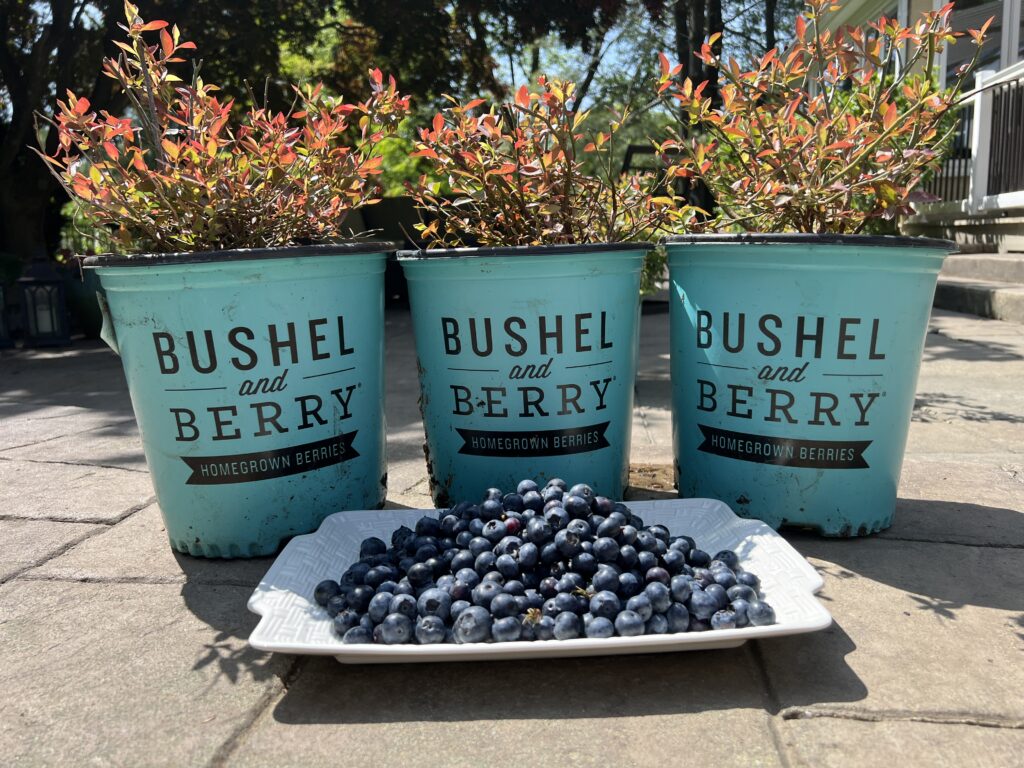
Of course, starting with plants that are bred for performance, disease resistance and low maintenance always makes the transition from season to season much easier! That’s why looking for brands like Bloomables®, Knock Out® Roses and Bushel and Berry® make all the difference! Click this link to find a retailer near you: https://www.bloomables.com/where-to-buy/
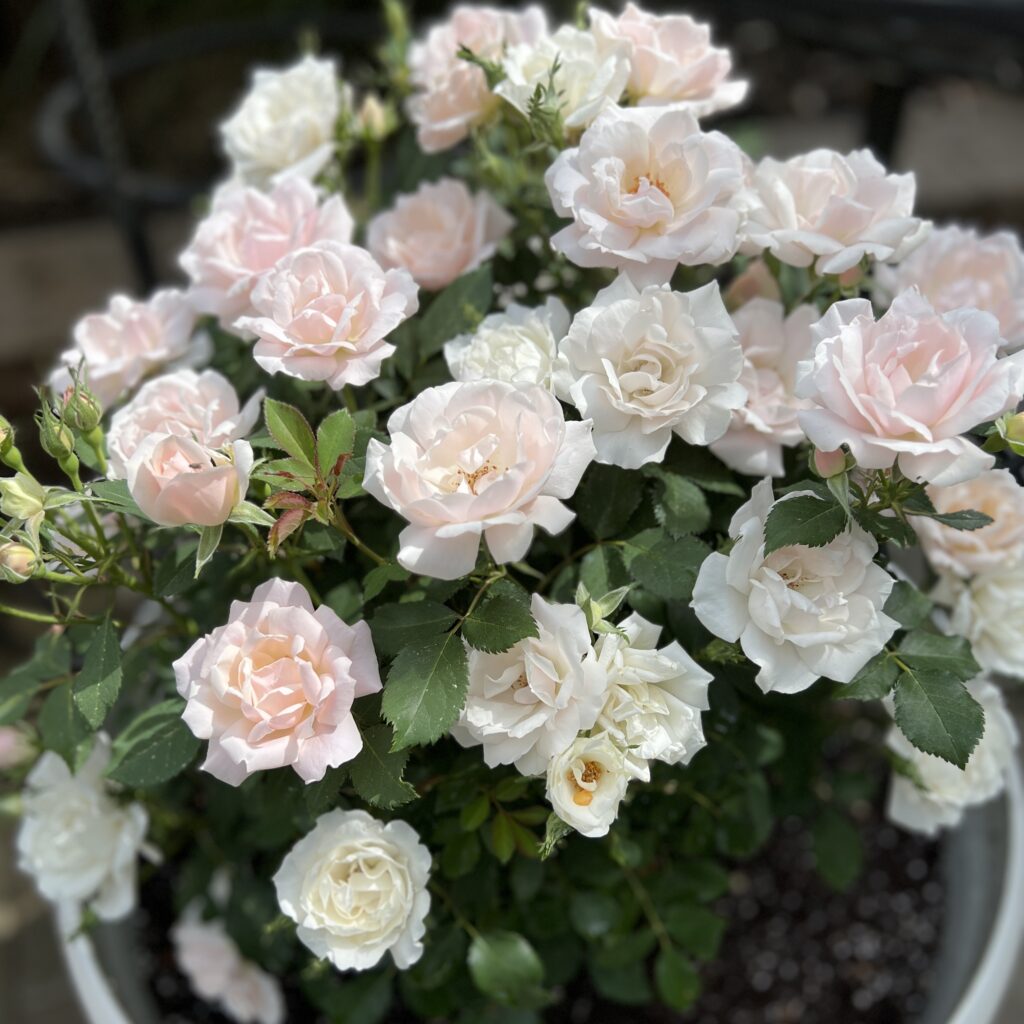
With a little preparation and care, you’ll be rewarded next spring with vibrant blooms and delicious fruits when the warmer months return. Isn’t that what every home gardener dreams about in the winter? I know I do!
From my garden to yours,
Jill




